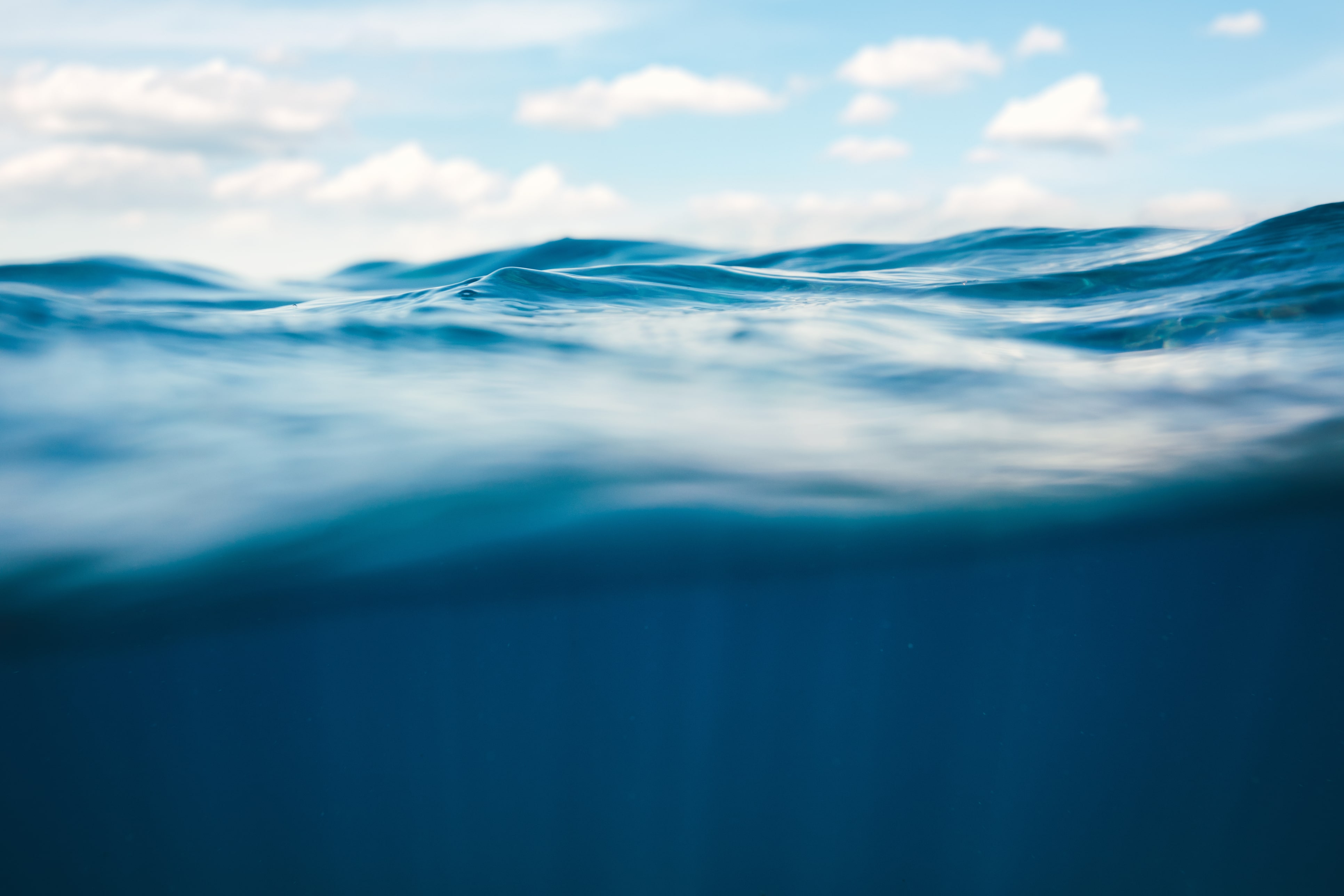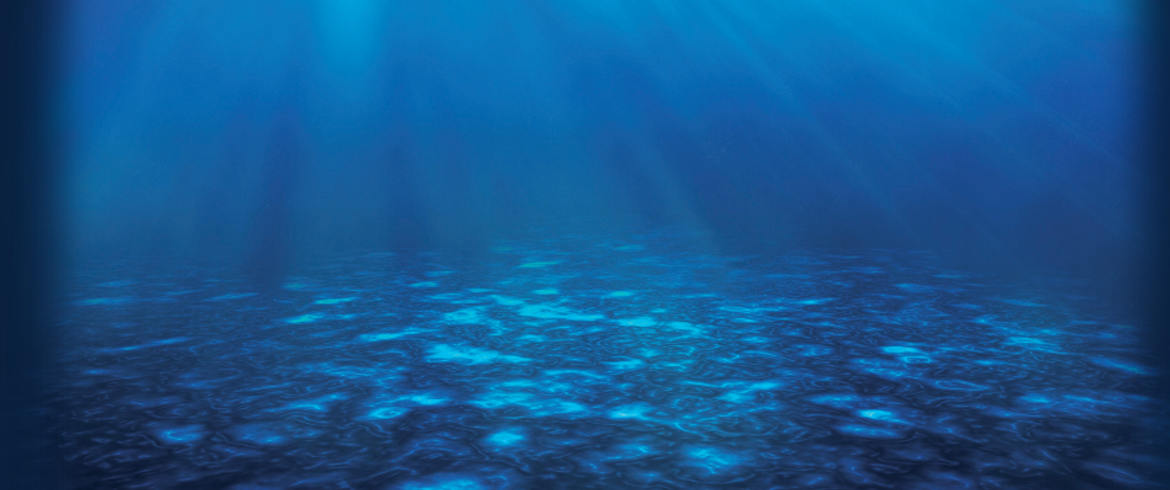Below the water line

As taking care of our world becomes increasingly important, measuring and monitoring our environment takes centre stage – in this article we look below the water line and discuss turbidity at the water’s edge, which is now arguably a crucial corner stone for measuring the health of our coastal waters.
We chat with Amy Thompson, OceanWise’s oceanographic data engineer on its importance, recent projects and what the future holds:
Firstly, can you tell us what the term ‘turbidity’ means?
In simple terms, turbidity is a term used to describe the amount of particles within a water sample. The particles can be virtually any size, and can be biological, chemical or physical. The amount of particles within the water impact how light is absorbed and scattered – high turbidity (i.e. high number of particles) means that more light is absorbed by the water, giving it a cloudy appearance.
Why is turbidity important for our marine customers?
Turbidity can be important for many reasons – biological turbidity can be an indicator of the number of microorganisms within the water, which could be naturally occurring such as various species of phytoplankton (which are crucial for the health of our oceans) or they could be more malignant – indicating that an area has a high amount of agricultural runoff from the land, encouraging malignant species of phytoplankton to grow and use up resources. Some chemical compounds can form cloudy dilutions when mixed with water, so can again be an indicator of the presence of dangerous compounds. More simply, physical turbidity (for example, the amount of suspended silt or clay) can be monitored either periodically or in real-time and used to assist with dredging activities. Monitoring turbidity can also help to understand the impact of physical structures on the flow of sediment around a harbour, for example.
Tell us about your recent UK project and what benefits OceanWise has been able to provide our customer as a result?
Recently, we took over a turbidity monitoring project for one of our valued harbour customers. Four turbidity sensors are installed at different locations around the harbour which continually measure data. This data is analysed and used by the harbour for a variety of things including an annual sediment budget study. We upgraded the telemetry system to make it more reliable, and so the turbidity data is now managed alongside the harbour’s other datasets on Port-Log, OceanWise’s environmental data platform. This means all the environmental monitoring parameters (such as wind, tide, waves, air quality etc.) are available centrally and can be viewed, shared and downloaded easily for future analysis. Having the real-time stream of data means we and the harbour authority can quickly assess when the sensors need cleaning or if there are any problems that need resolving – eradicating the often frustrating situation of retrieving a self-contained unit and finding that there’s an issue with the data after the project has finished!

Which instrumentation have you used?
The sensors used in this project are Observator Analite NEP9500s. Any turbidity sensor – much like any sensor which is deployed under the water – needs to be regularly maintained and cleaned (read our free Guide on Systemised Maintenance). During spring and summer months especially, underwater sensors attract marine microorganisms, which can impact the data quality, so regular maintenance is of great benefit.
Looking to the future, do you see measuring environmental conditions such as water turbidity a growing trend? If so, why?
Definitely! As more ports and marine authorities embark on environmental monitoring programs or environmental stewardship, incorporating turbidity measurements within an environmental monitoring system is a really useful tool for multiple reasons. It’s becoming more and more important to understand the impact of human activities on the marine environment, and real-time monitoring of turbidity (plus chemical/biological parameters) can be a real aid to ports and harbours, helping to inform future practices and safeguard the oceans for future generations.
Did you know that you can easily plug a huge variety of marine data into Port-Log – add air quality sensors, turbidity and other water quality sensors, sediment and water sample datasets? No problem!




